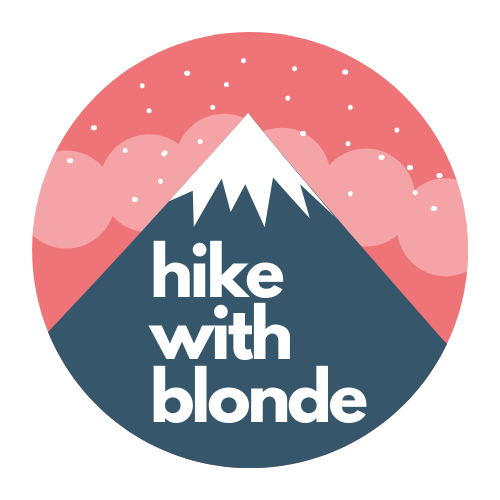The polar or northern lights (Aurora Borealis) are a glow in the upper layers of a planet’s atmosphere that is caused by a magnetic field. Charged particles from the solar wind enter the atmosphere and are drawn towards the poles. On Earth, the aurora appears blue-green, sometimes with shades of pink, because the atmosphere is mainly oxygen and nitrogen. A faint glow looks like a cloud at first, then unfolds into a green wave across the sky.
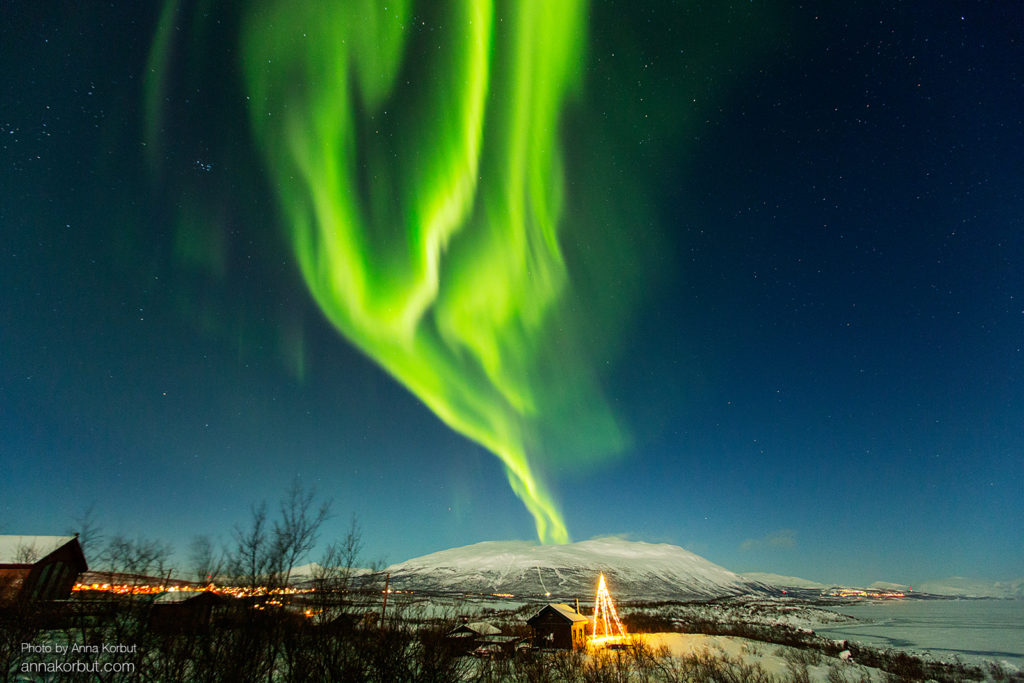
Abisko is ranked among the top ten places in the world to see the northern lights. The rain shadow created by the surrounding mountains protects the town from bad weather. Moist clouds from the Atlantic drop rain on the windward side of the mountains. Clear skies are just as important for aurora viewing as solar activity. The KP-index, available on websites and apps like Aurora Forecast, helps predict the northern lights and avoid going out in the cold for nothing. The forecast isn’t exact but usually works within about an hour. A KP-index of 4 coincides with bright displays, while at 3, flashes on the horizon sometimes look like clouds.
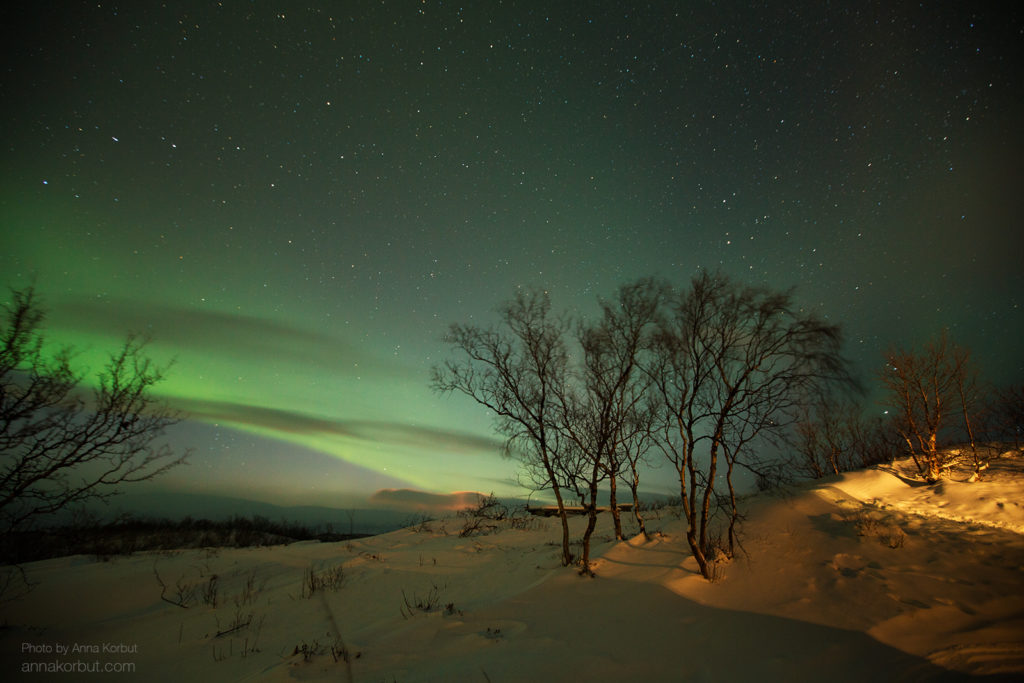
Fox tails in the sky
Phenomena that are easy to predict today were considered miracles for centuries. The Saami people believed the dancing green lights in the sky were the spirits of their ancestors. Pagan beliefs demanded respect for the forces of nature and the spirits. So during the auroras, people stayed indoors and asked children to be quiet. Disrespecting the spirits of the ancestors was thought to bring misfortune. The Saami word “guovssahas” means “a light that can be heard” — meaning some could not only see the wondrous lights but also hear the rainbow dance. The Finnish word “revontuli” translates as “fox fire”: heavenly beasts wave their green tails over Finland.
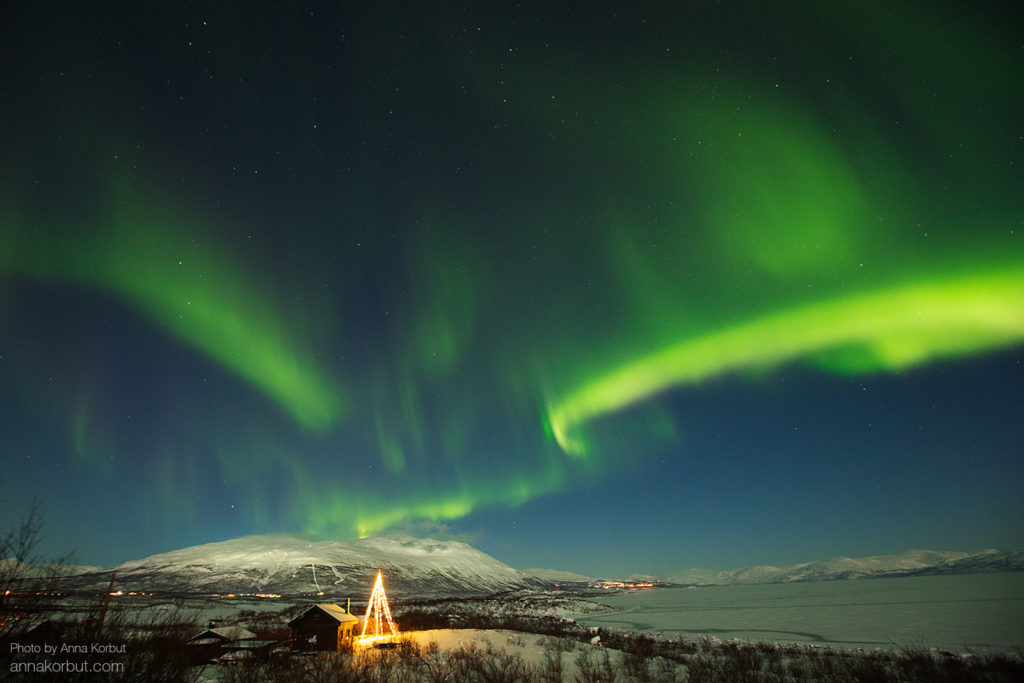
Sauna
It’s a pleasure after hours of photographing in the wind at –20°C to warm up in a sauna. Some Swedes visit the sauna more often than they take showers. Private homeowners build their own steam rooms, and even the cheapest hostel in Abisko reliably keeps a free sauna heated for guests. Saunas can be found in sports centres, towns, and villages. The only thing missing are traditional birch whisks. It’s not only a pleasant and healthy habit but also a great place to socialise. It’s much nicer to steam and jump into snowdrifts while chatting than to down drinks in a restaurant. In Ukraine, the weight of complexes and shyness often makes people cover up, and saunas are visited only with friends; here, such nonsense is forbidden by the rules. Locals and tourists of all genders steam naked. For me, it’s another sign of inner freedom and openness. I’d love to open a public sauna in Kyiv.
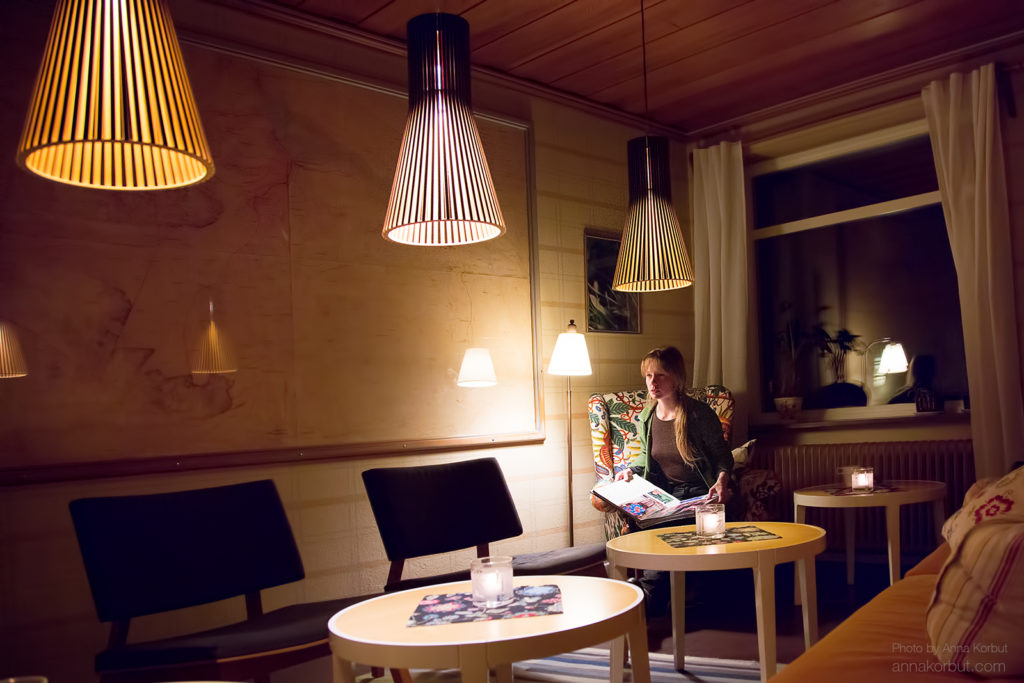
How to photograph the northern lights
You’ll need a camera with manual settings and a tripod. Bright flashes can be seen on a phone, but the photo quality isn’t enough. Check the solar activity forecast — the KP-index — and head out to watch the sky when it’s 3 or higher. Choose spots away from city lights, like a hill or a valley between mountains. Immediately shelter from the wind behind trees or rocks, as it’s easy to freeze in the open. On my first night, with a 10 m/s wind and -15°C, staying warm became more important than the aurora after just half an hour. But once I hid behind a rock on a cosy mat, watching became much more comfortable.
Weather forecasts are hard to predict in advance, and even in Abisko it can be cloudy, so it’s best to stay at least a week. I was lucky to see the northern lights on my very first night, but a group of German students in the hostel waited six days for their chance.
Interestingly, the northern lights look less bright in the sky than in photos. I only noticed the faint lights clearly on my camera’s screen. During the day, our eyes see more shades than a camera sensor, but at night technology outperforms our vision.
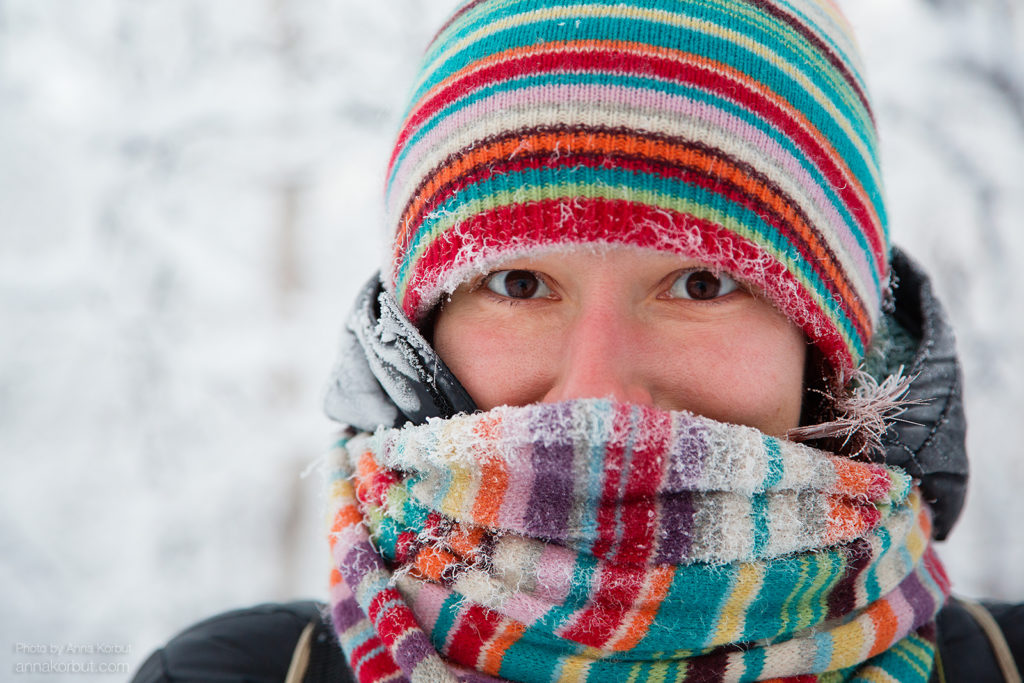
What to wear in Lapland
If you book tours and package activities, you’ll be given a suit, hat, and even warm socks. They might not be brand new, but they’re woollen and warm. For independent travellers, I recommend dressing as you would for winter in the Carpathians. Plan your clothes not just for walking during the day but also for long waits in the wind at night.
- Warm trousers and jacket, down or synthetic. Expect temperatures around –20°C and windy conditions in winter.
- A couple of fleece layers.
- Warm thermal underwear, which I didn’t even take off at night — it’s much cosier that way.
- Winter boots with some room and warm socks. The boots mustn’t pinch. My trekking boots with woollen socks worked great for walking. Standing for hours on snow was chilly, so it’s a good idea to bring a camping mat for that.
- A balaclava, a warm buff for your neck, and a hat on top.
- Thin gloves and warm mittens over them. Thick gloves make photographing difficult, but bare hands get numb in three minutes.
